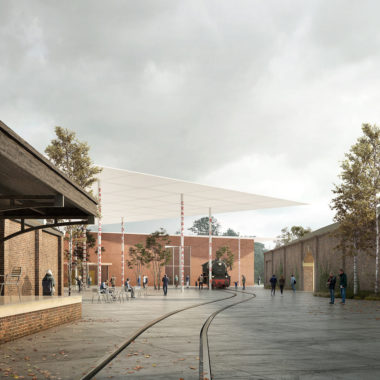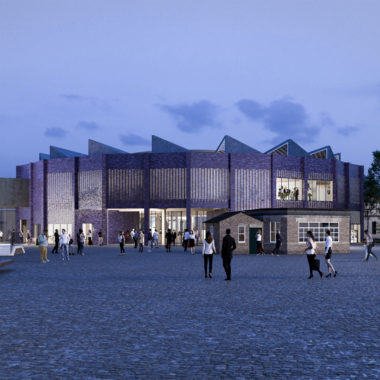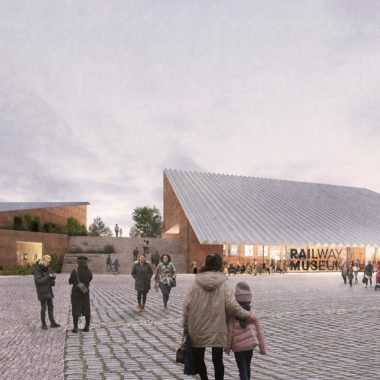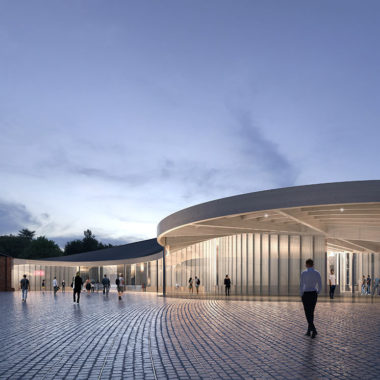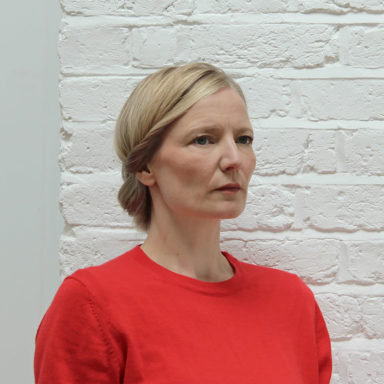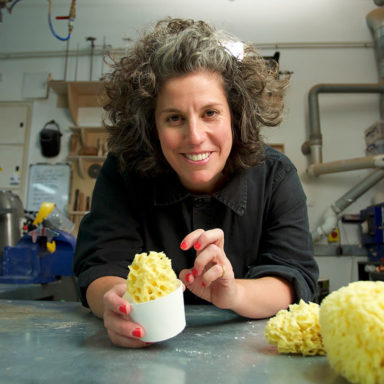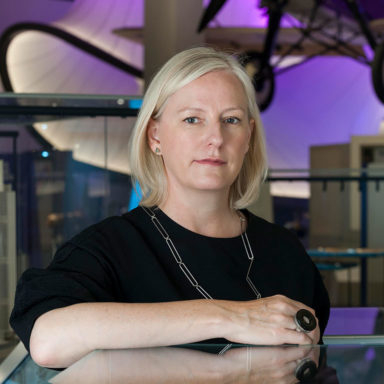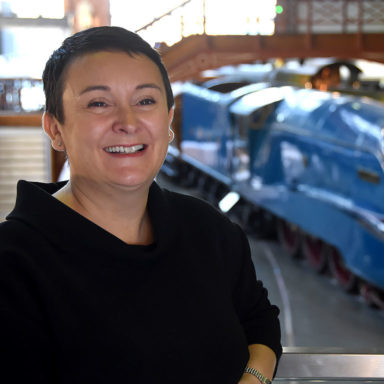Located in the heart of York, one of the world’s most important railway cities, the National Railway Museum is set for a transformation. The museum is poised to become the cultural anchor for York Central, one of the largest city centre brownfield regeneration projects in the UK, and indeed Europe.
The re-routing of a major road that currently bisects the museum’s formerly industrial site and the regenerative uplift of the wider redevelopment means the museum can now create a revitalised physical presence, reflecting its status as a national cultural institution. Strategically, it aims to become the ‘World’s Railway Museum’ – attracting new audiences interested in innovative technology, engineering and science – as well as better serving existing and emerging communities.
Accordingly, the National Railway Museum Central Hall Design Competition focused on an emblematic project due to open in 2025 as part of the museum’s 50th anniversary. This two-stage competition was open to both national and international integrated design teams, including architects and structural, civil and services engineers.
The new centrepiece building will create outstanding welcome, arrival and gallery spaces as well as improve the site’s connectivity and legibility. Circa 4,500 sqm, it will combine a new entrance experience with a spectacular 1,000 sqm gallery and public-facing spaces for orientation and reception. These spaces will showcase future acquisitions and innovative technology, as well as introducing the museum’s world-class collection.
The museum’s intention is that the Central Hall, which has a construction value of £16.5 million, will be of the highest architectural quality, embodying a confident national museum aesthetic (rather than station architecture). As the brief for competition finalists explained in the Search Statement, this should use warm, natural materials to reference the existing site and historic buildings and show an appreciation of scale appropriate to the context.
Shortlisted teams were also asked to propose enhancements to some of the fabric, infrastructure and organisation of the existing adjoining buildings; this secondary aspect of the project having an associated construction budget of no more than £10 million. Depending on the post-competition concept design, a proportion of these works may be delivered by the appointed team for this project.
At the first stage, design teams were required to read the Search Statement, fill out the online form and upload documents detailing their company information, proposed team composition and relevant experience.
The first stage of the competition attracted Expressions of Interest from 76 teams comprising 241 individual firms.
From these submissions, five teams were shortlisted in November 2019 and asked to create design concepts for the new Central Hall. These design concepts can be viewed here and at a public exhibition held at the National Railway Museum from 13 February – 29 March 2020.
Members of the public were invited to share their views on the five proposals.
The Jury met in February 2020 to interview the finalists and selected the team led by Feilden Fowles as the winner of the competition.







